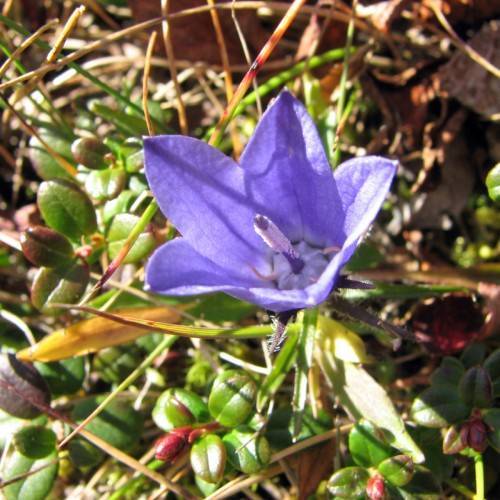
Alaska Bellflower
Campanula alaskana
Watering:
Frequent
Hardiness Zone:
Sun:
full sun
Leaf:
Yes
Growth Rate:
Low
Salt Tolerant:
Yes
watering
Water Large-Seed False-Flax (Camelina sativa) twice a week. Water the soil thoroughly so that water runs through to the bottom of the pot. Allow the soil to dry out before watering again. Make sure the pot has adequate drainage to avoid waterlogging. The soil should be moist, but not soggy. It is better to water a little more often than to water too much in 1 go.
sunlight
Large-Seed False-Flax (Camelina sativa) requires 6-8 hours of direct sunlight per day, particularly during the vegetative phase of growth in the early Spring. This species can be grown in areas with partial shade, but direct sunlight is required for optimal yields. The best time of day for the plant to receive sunlight is during the morning hours, when the sun’s rays are more direct and less intense. This will give the plant an ideal balance between sunlight and warmth. During the hot summer months, when temperatures increase and sunlight is intense, it is important to provide some protection for your plants, with some form of shading or limiting the hours of direct sunlight.
pruning
Large-Seed False-Flax (Camelina sativa) should be pruned in late fall, or early spring before the plant begins to bud. Pruning should remove shoots that have grown outside of the desired shape of the plant, and remove any dead or diseased branches. Pruning should also be done to remove any weakened or spindly growth, and to encourage compact and branching growth. Generally, pruning should aim to reduce the plant's height by no more than 25-30%, but this can vary depending on the vigor of the plant.
